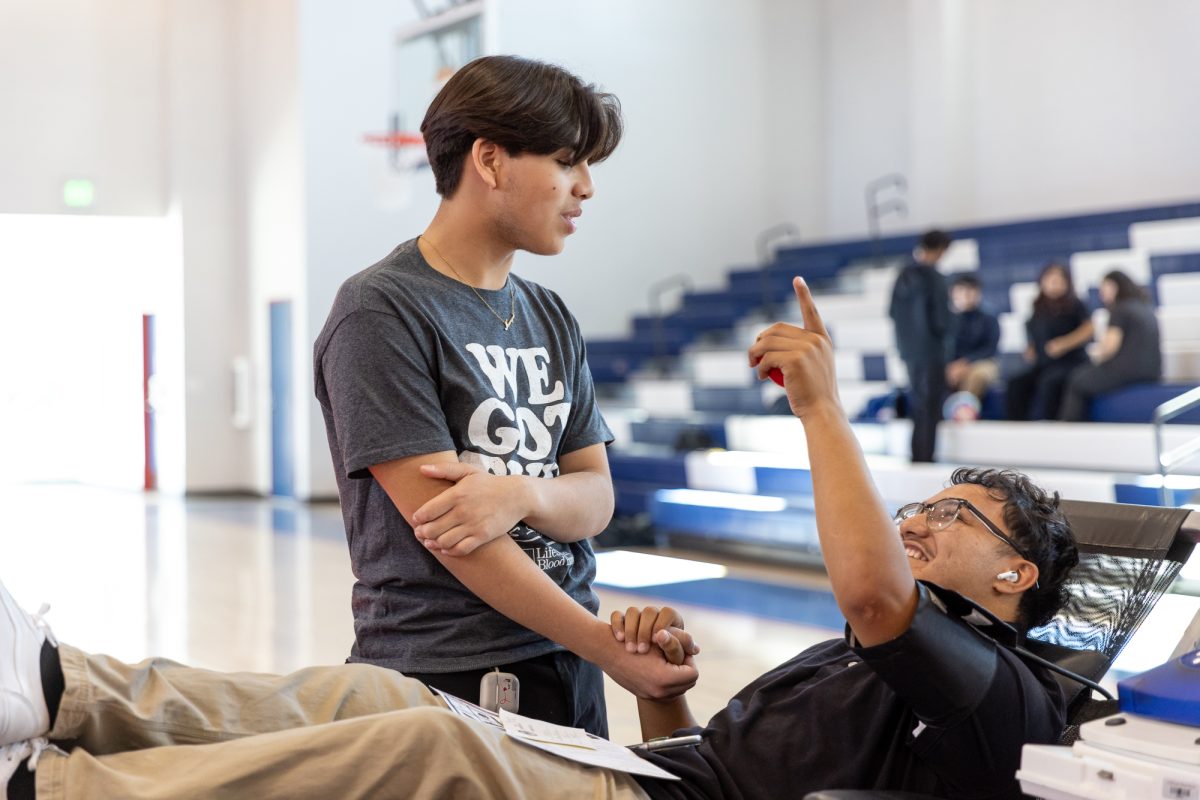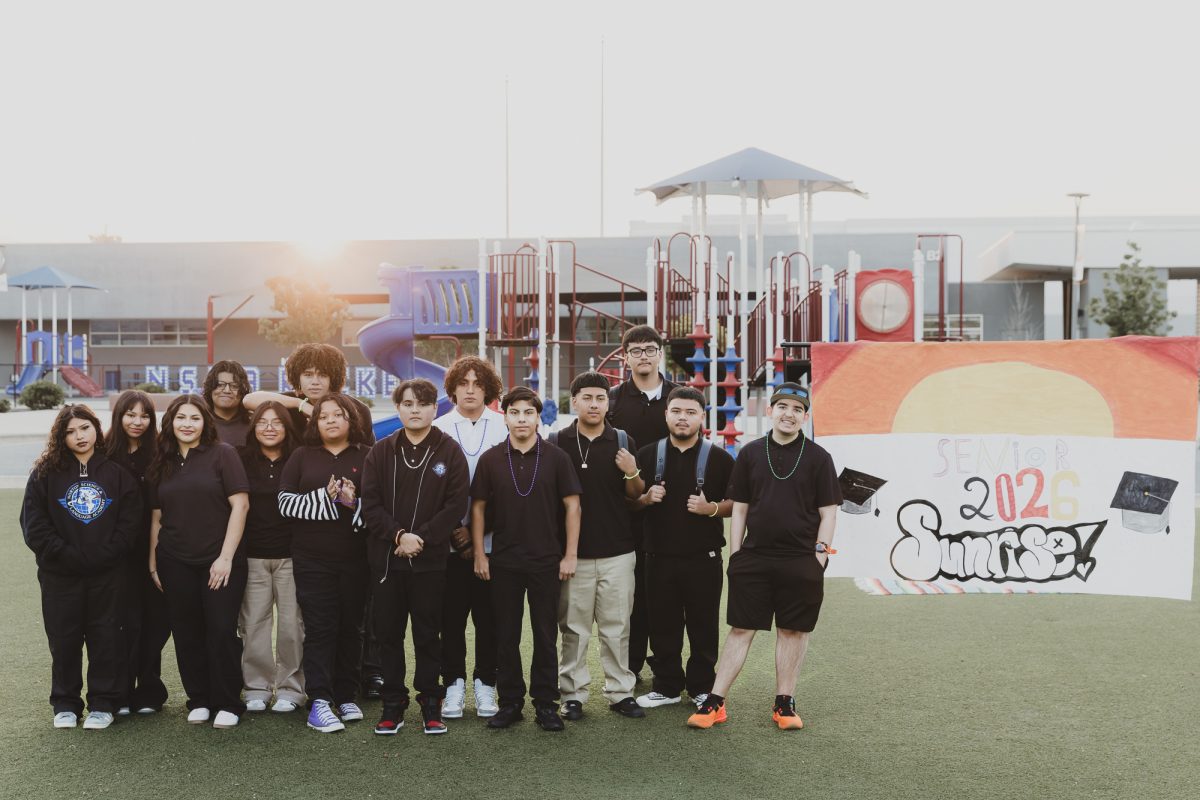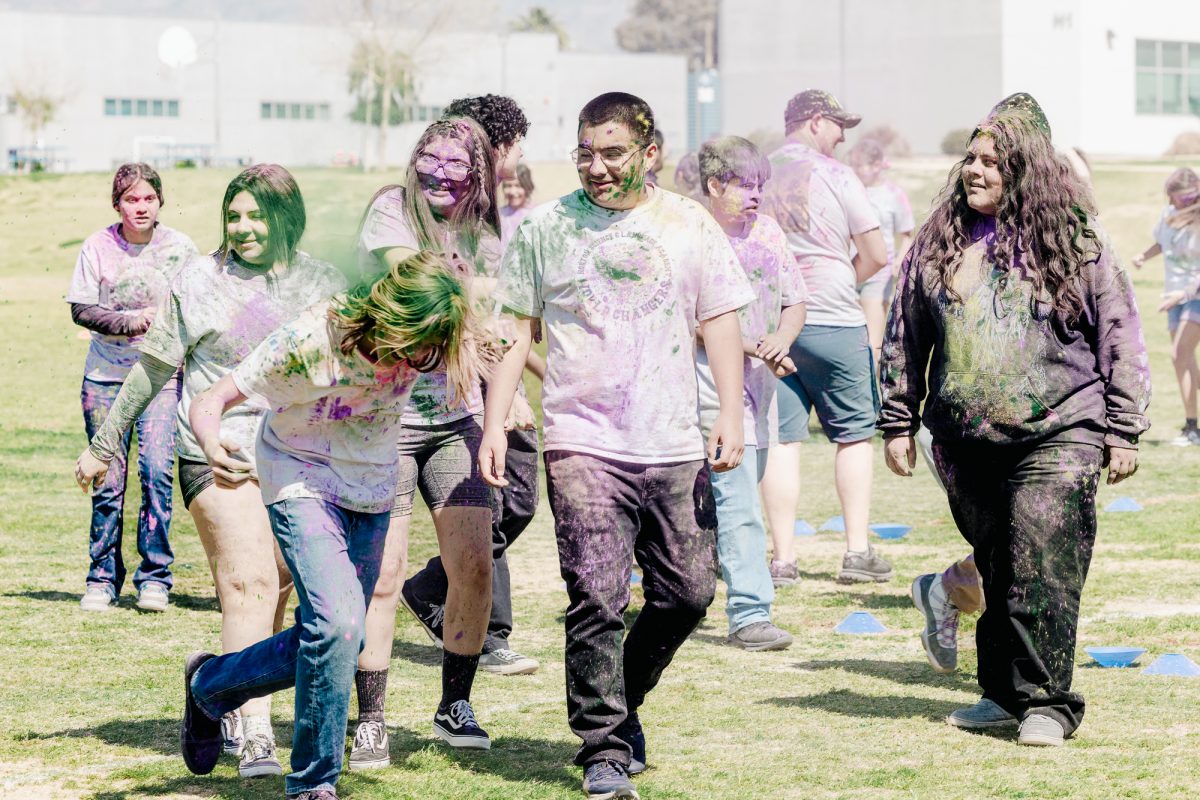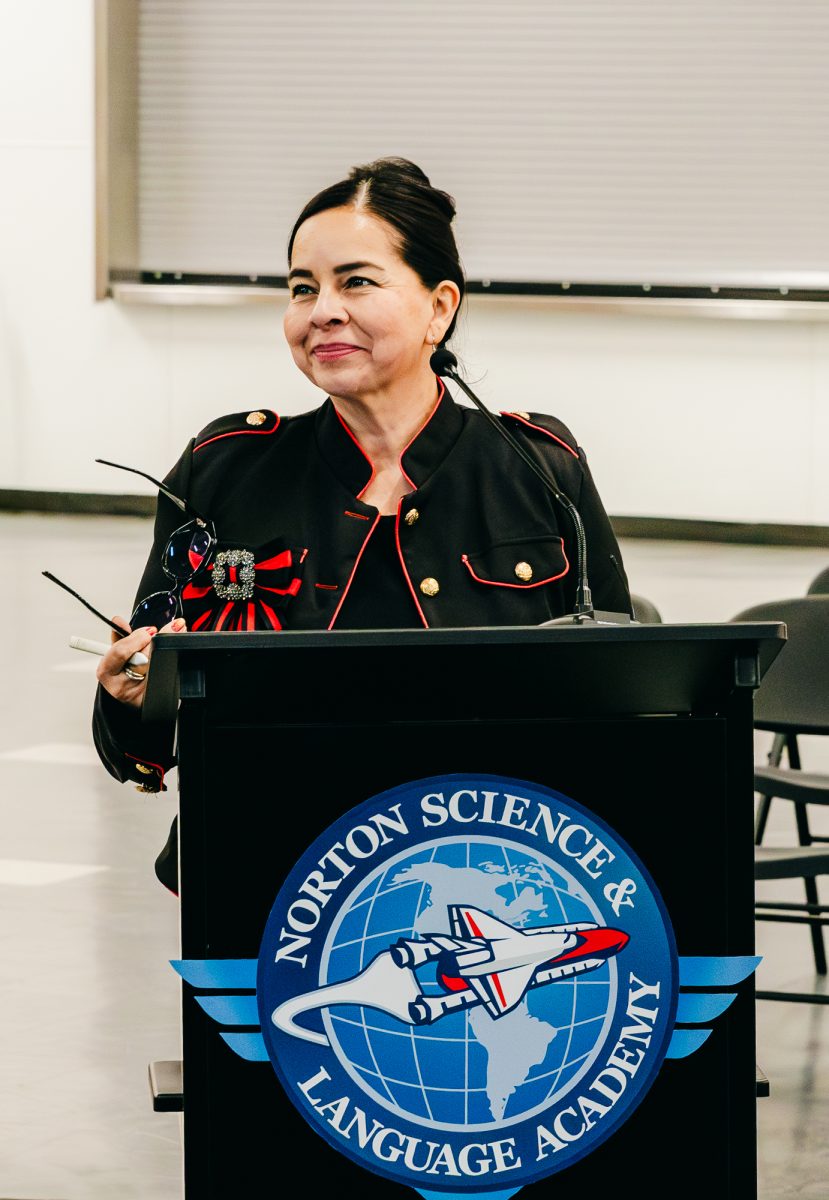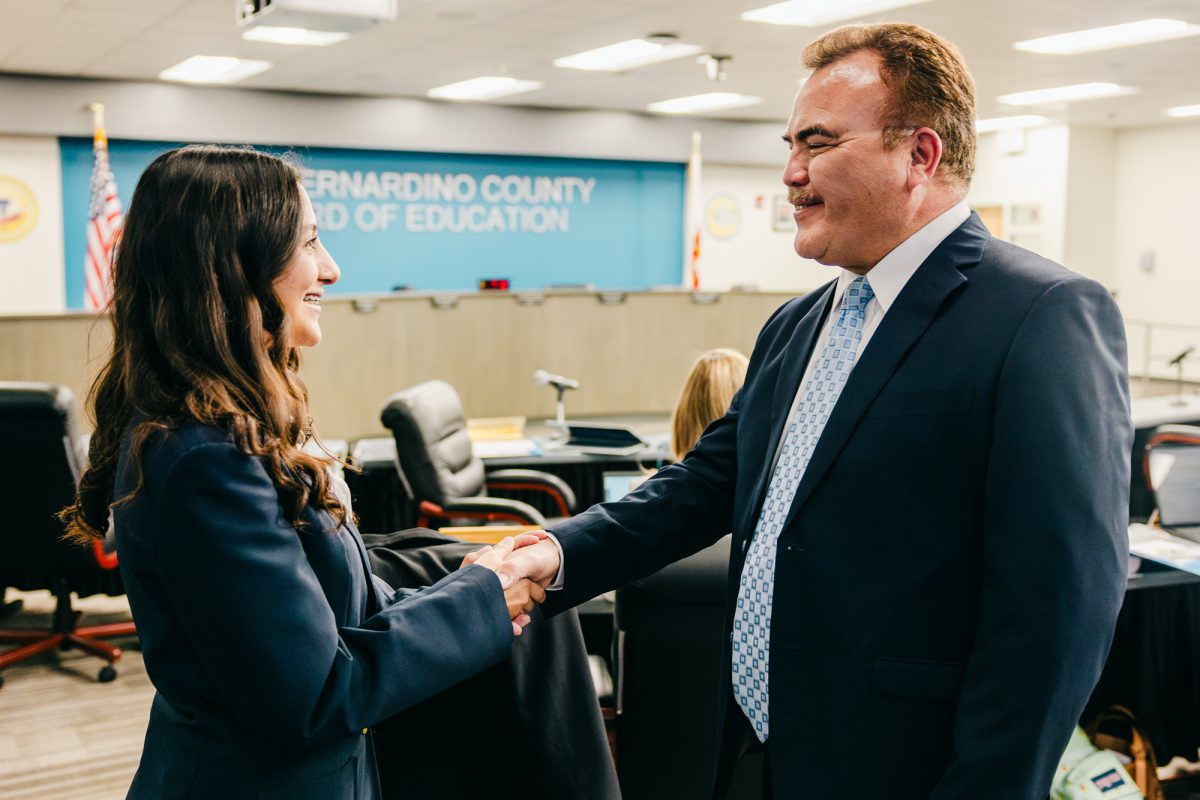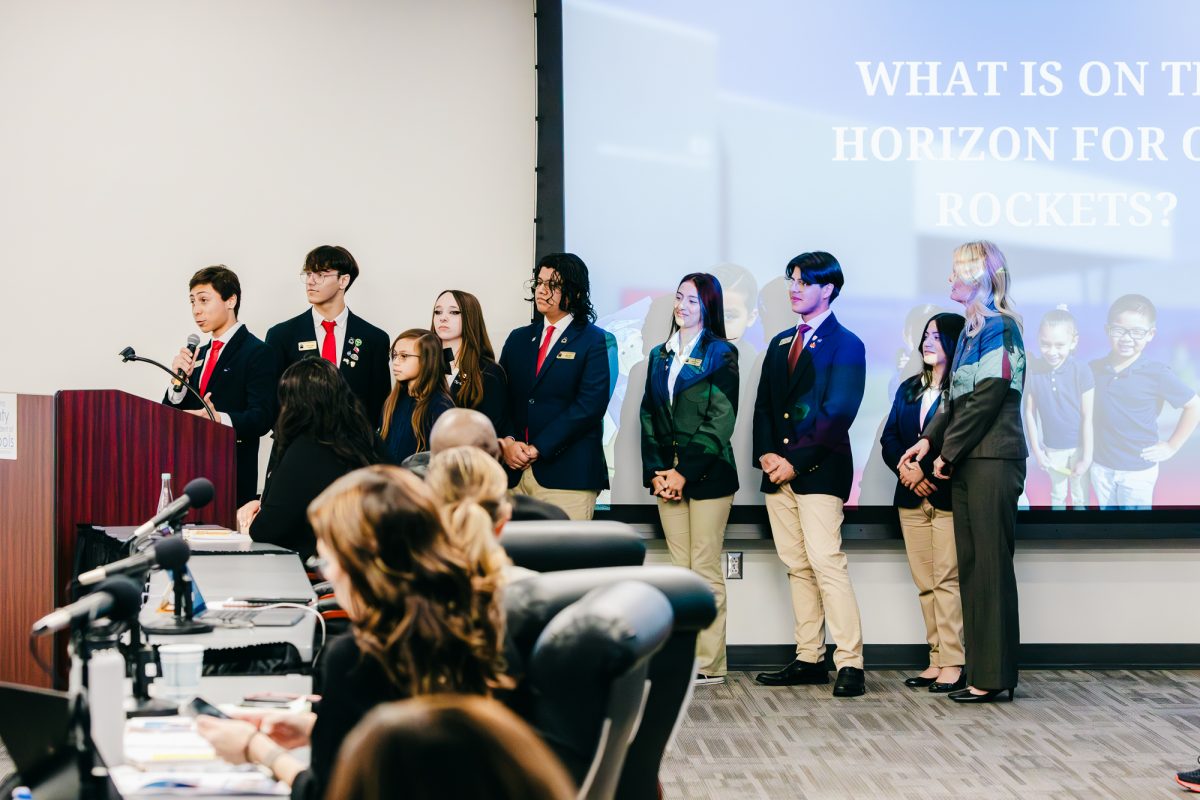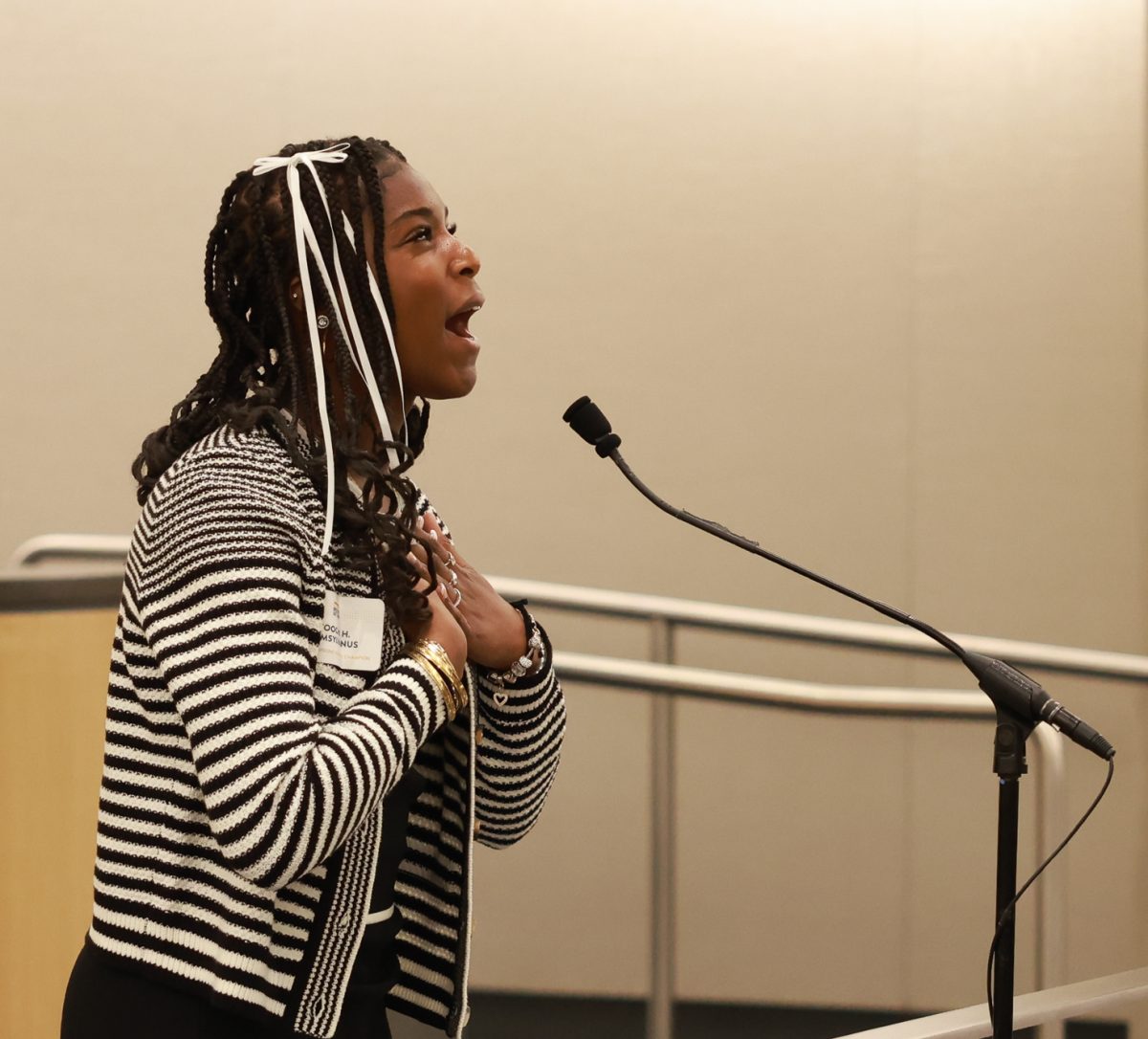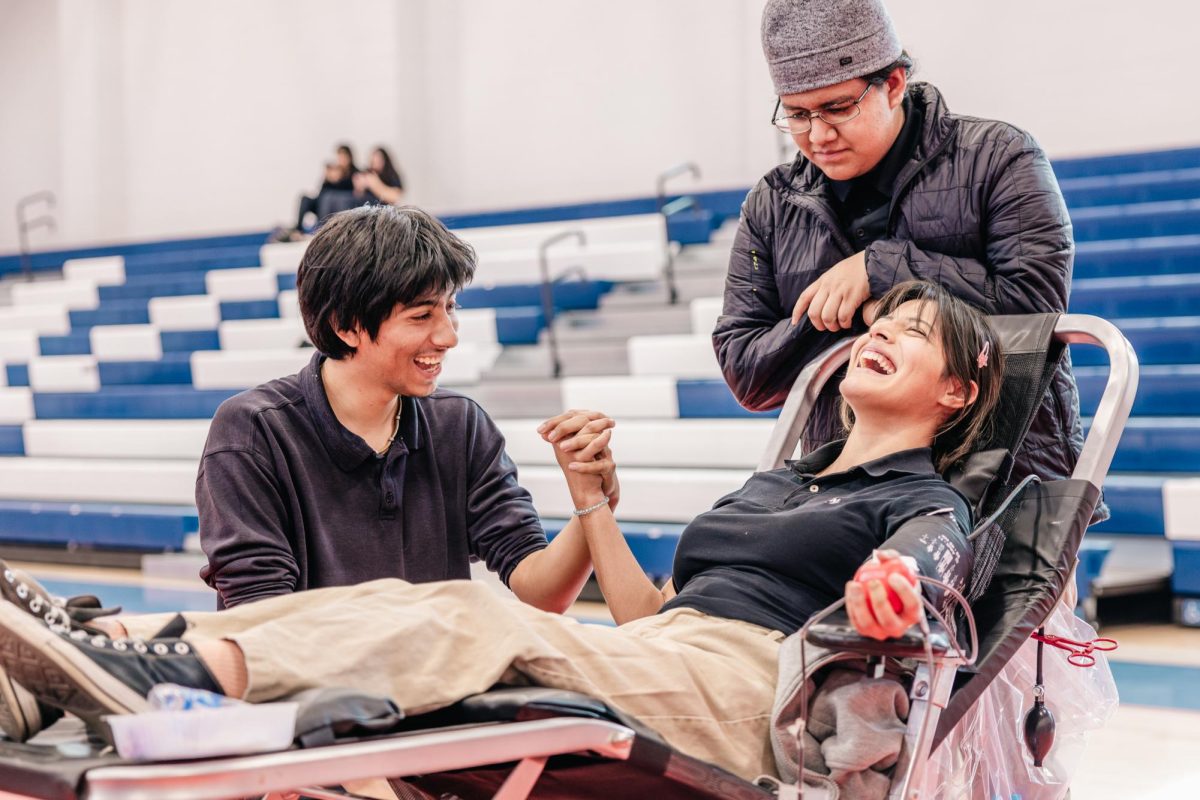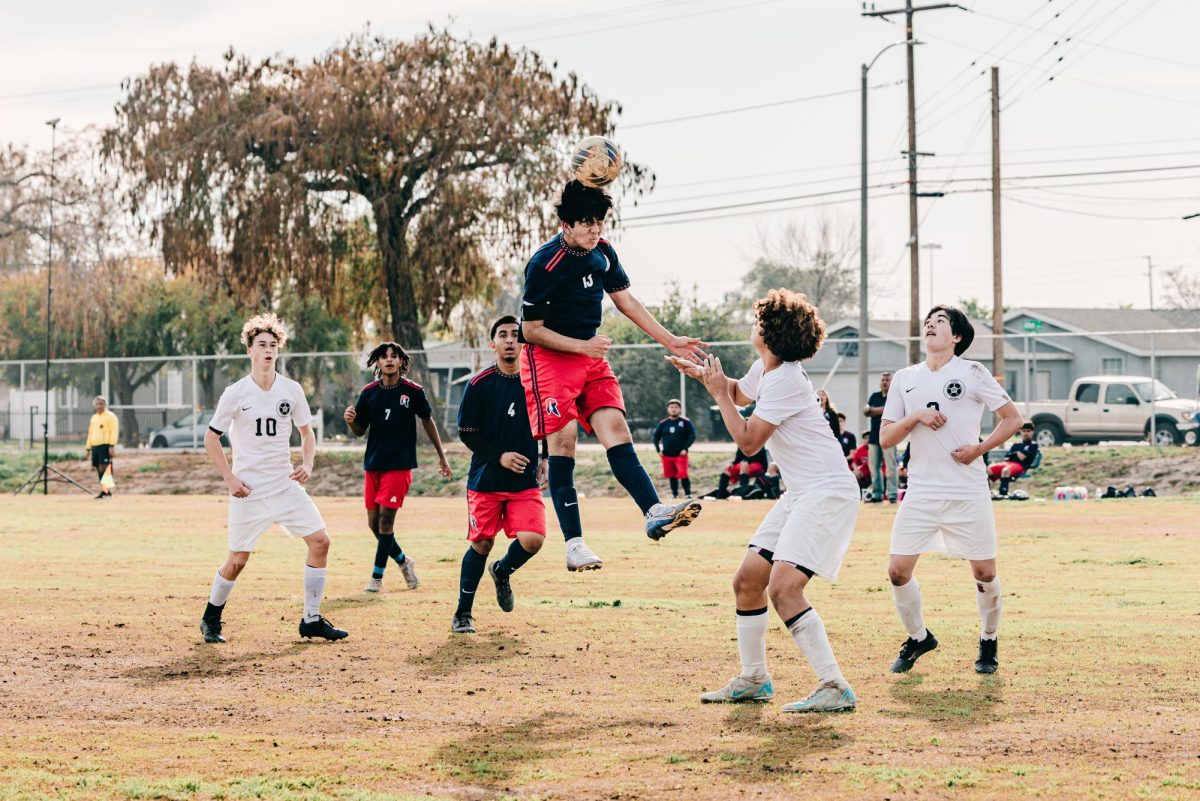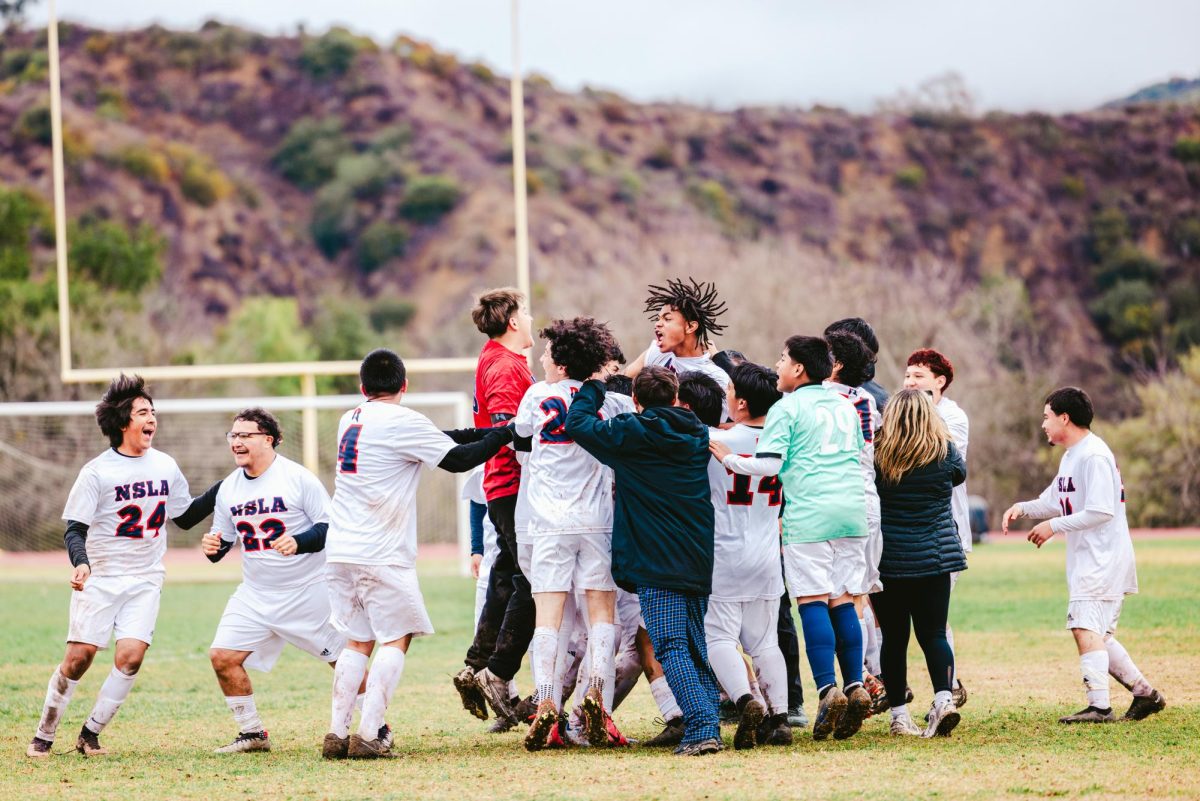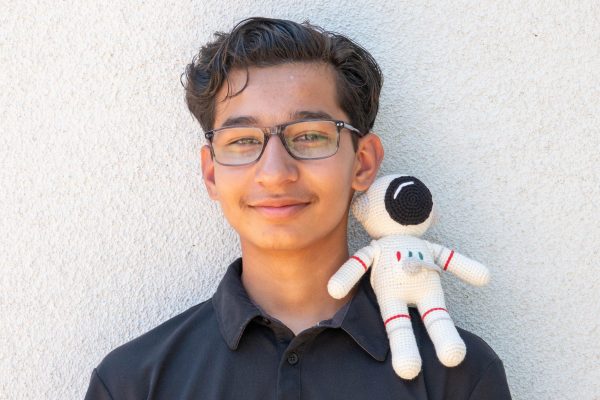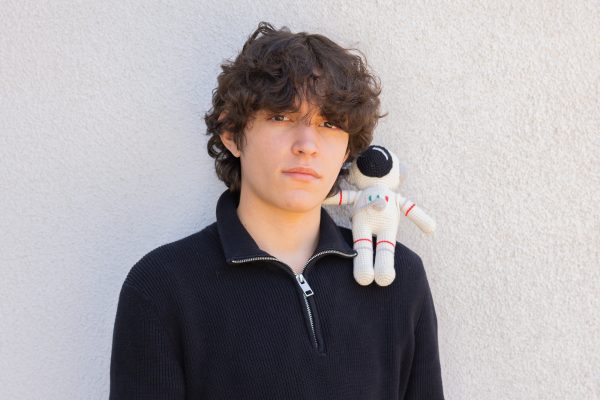Norton held a blood drive for high school students on Thursday, Oct. 24, from 8 a.m. to 1 p.m. at the gym. LifeStream Blood Bank, a nonprofit, facilitated the event, drawing blood from student volunteers to give to people in need of healthy blood.
According to the American Red Cross, there has been a 40% decrease in blood donations in the last 20 years. Blood banks like Lifestream play a key role in addressing that deficit. Blood donations are a crucial resource for blood transfusions and life-saving surgeries. Donated blood can also be flown to patients only reachable by medical helicopter teams; this allows medical transport teams to keep patients in the field stable that have lost too much blood in an accident or cannot create enough blood cells. The reasons why people need blood vary, but some are injury, cancer, illness, and accidents. A single pint of donated blood can be given to multiple patients–roughly 3 adults or multiple children, depending on the individual’s size and needed medical procedure.
Norton’s student ambassadors helped run the blood drive, dividing responsibilities related to check-in, the donation process, and donor recovery. For example, Norton Ambassador Giovanny Osorio (‘25) explained that ambassadors can act as hand-holders to donors who are especially nervous or woozy. Executive Assistant Teresa Dowd and Public Information Officer Jisela Corona also oversaw the student ambassadors, guiding and supporting them as needed.
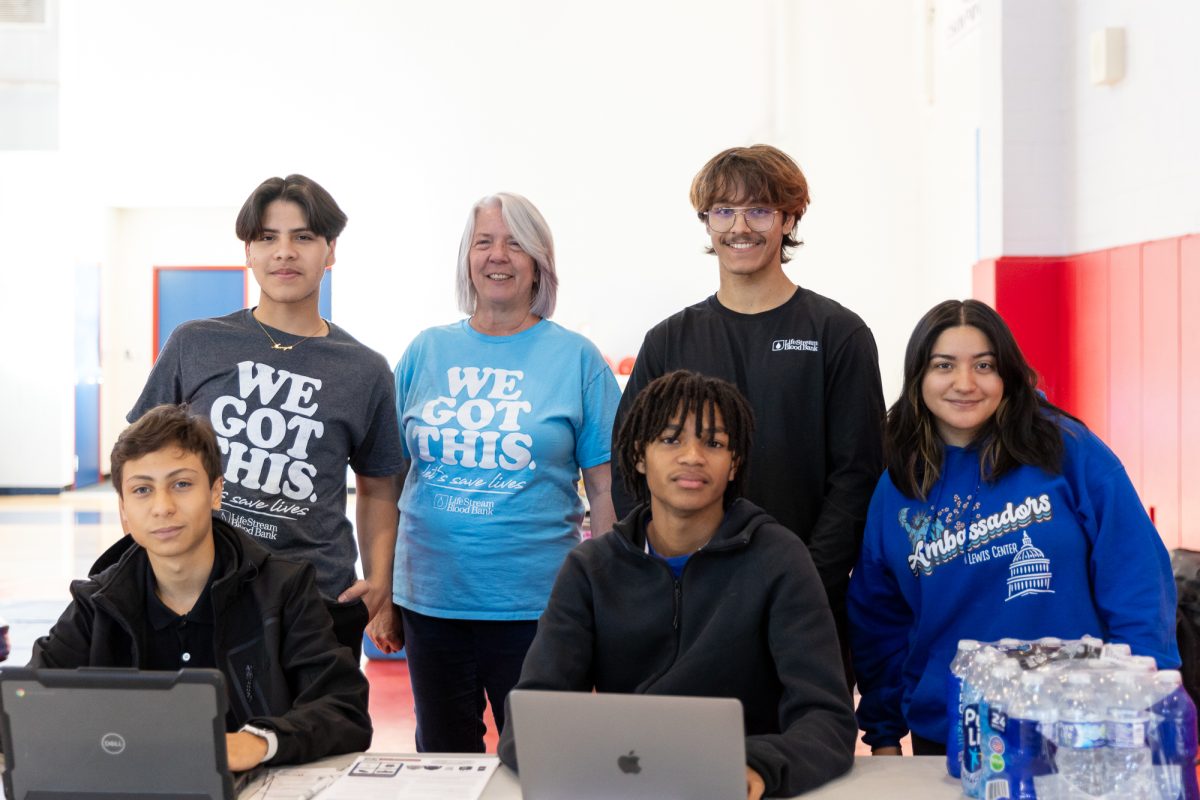
Most importantly, though, LifeStream’s phlebotomists worked to draw blood from donors. Phlebotomists work on the extraction process for blood tests, transfusions, and research.
LifeStream Donor Specialist Jacqueline Lemuz explained how students interested in the medical field may work to become phlebotomists by completing a trade or certification program.
“You’re in school training for a month just to get familiar with the process,” Lemuz said. “After that, you do clinicals for a month, so you’re drawing blood from either a doctor’s office or a hospital. So it is a pretty fast trade.”
But working as a phlebotomist at blood drives or hospitals can pose challenges.
For instance, Lemuz noted that “vein sizes” were a recurring challenge for drawing blood.
“We do work with a little bit of a bigger gauge needle than a doctor’s office would work with,” Lemuz said. “So sometimes it can get tricky finding smaller veins, or just successfully collecting from smaller veins.”
Some students may also feel anxious about donating blood, especially if it is their first time.
Sophomore Miguel Sandoval (‘27) shared how he felt about donating blood.
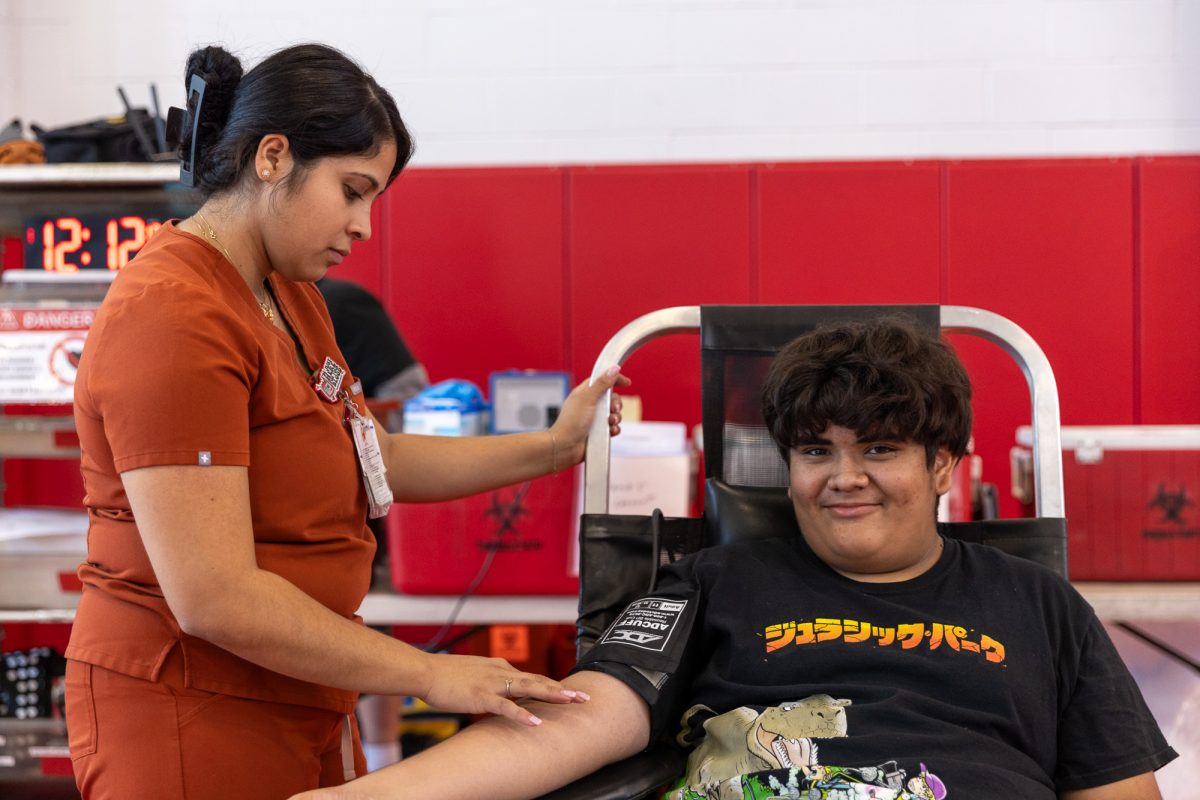
“I was scared about the possibility of fainting,” Sandoval (‘27) said. “I felt a little worried, but not that worried because I knew that there were people here to take care of me.”
Senior Arelie Segovia (‘25) also expressed that she was nervous to donate blood, but the student ambassadors and LifeStream team helped keep her calm.
“You might feel pinches, but it’s not downright painful. You just need to be calm and, like, focus on something else,” Segovia (‘25) said. “They asked about my vacation week, and so I just went on and on about my vacation, and what things I ate, what things I enjoyed doing. It kept me distracted.”
After donating, Segovia (‘25) noted that the initial scariness of donating blood was worth it.
“I would say students should donate because it could help save another person’s life,” Segovia (‘25) said.
Lemuz noted that donating blood can benefit donors, too.
“Donating blood lowers your blood pressure, if you suffer from high blood pressure,” Lemuz said. “If people have high iron, it can help keep iron levels at a good amount, too.”
Osorio also emphasized the benefits of donating blood, encouraging students to conquer their fears and donate in the future.
“You know, living is a blessing. So we want to expand that blessing to others.” Osorio (‘25) said. “When you give blood, you save lives.”


